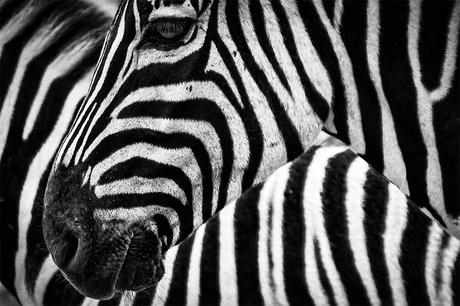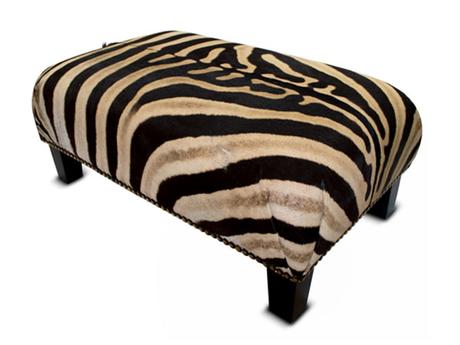
For millions of years, nature has functioned in a self-regulating way - when a certain animal species grow into large numbers within a limited habitat, it will eventually hinder the balanced lifecycle of the respective environment. As a result of over population, the species may either suffer from starvation or be an especially hard hit victim of a deadly pathogen. When it comes to herbivorous animal species, when they grow in massive numbers within a limited habitat, the greenery in the particular area will be dangerously vulnerable to elimination. The end result of such process will effect on the entire food chain of the habitat, and some natural disasters such as droughts too.
When it comes to a species like the Zebra, they behave in herds and grow in large numbers. When their number grows without a control, for example a particularly good year for their favourite plant, and then subsequent overpopulation, they will eventually meet obvious food scarcity the next year. They eat grasses shrubs, herbs, twigs, leaves and bark and when this 'eating process' takes place in large scale, the environment will face a critical imbalance. Ultimately, it will dramatically affect on the water retaining ability of the land; the entire food chain will be affected eventually.
To maintain the required balance of the nature, it requires a Zebra culling process; nature will and has always performed this process to a certain extent via predators, who take advantage of the increase in prey and experience their own subsequent overpopulation, pathogens and starvation. However, as per the modern developments, Zebra culling is carried out with the help of human involvement. Hunting down Zebras has become a standard procedure across the globe (wherever the Zebras exist in massive herds) as a precaution to maintain the balance of the nature, stop starvation, spread of diseases and preserve natural water sources.
Many countries use culling as a way to protect ecosystems, including the UK, who culls badgers in order to reduce the prevalence of the Tuberculosis bacteria carried by the animal. In Australia, kangeroos are culled due to overpopulation on the fragile rangelands; in fact, there is even a neologism called 'kangatarianism' which promotes eating no other meat but kangaroo, as it is an animal that is much better for the environment than cows.
Does Zebra culling cause byproducts?
The simplest answer is, yes, but this is by no means the reason why they are culled. The most notable byproduct of zebra culling is zebra skin. In fact, many people wrongfully think that the zebras are killed to make use of their skin. The truth is different though; zebra skin is a byproduct of compulsory zebra culling process. In simplest terms, zebras are not killed with the sole purpose of taking their skins.

The uses of zebra skin
Zebra skin has an immediately distinctive and understandably popular appearance, and the selling the skins of culled zebras has become an opportunity to the economy of the respective country.
Zebra skin is versatile and can be used for interior decorations, fashion items, clothing and many other areas depending on the creativity of the manufacturer and the designer. In fact, most of the wildlife sanctuaries earn money by selling zebra skin and utilise the raised funds for the betterment of conservation; researches, developments and other essential procedures are carried out with the help of such funds.
However, it is very important to make sure that you buy zebra skin products from a recognised seller that actually deals with skins of culled animals.
Our selection of Zebra Skin products can be found .
SHOP NOW: www.asilidesigns.co.uk/all-products
